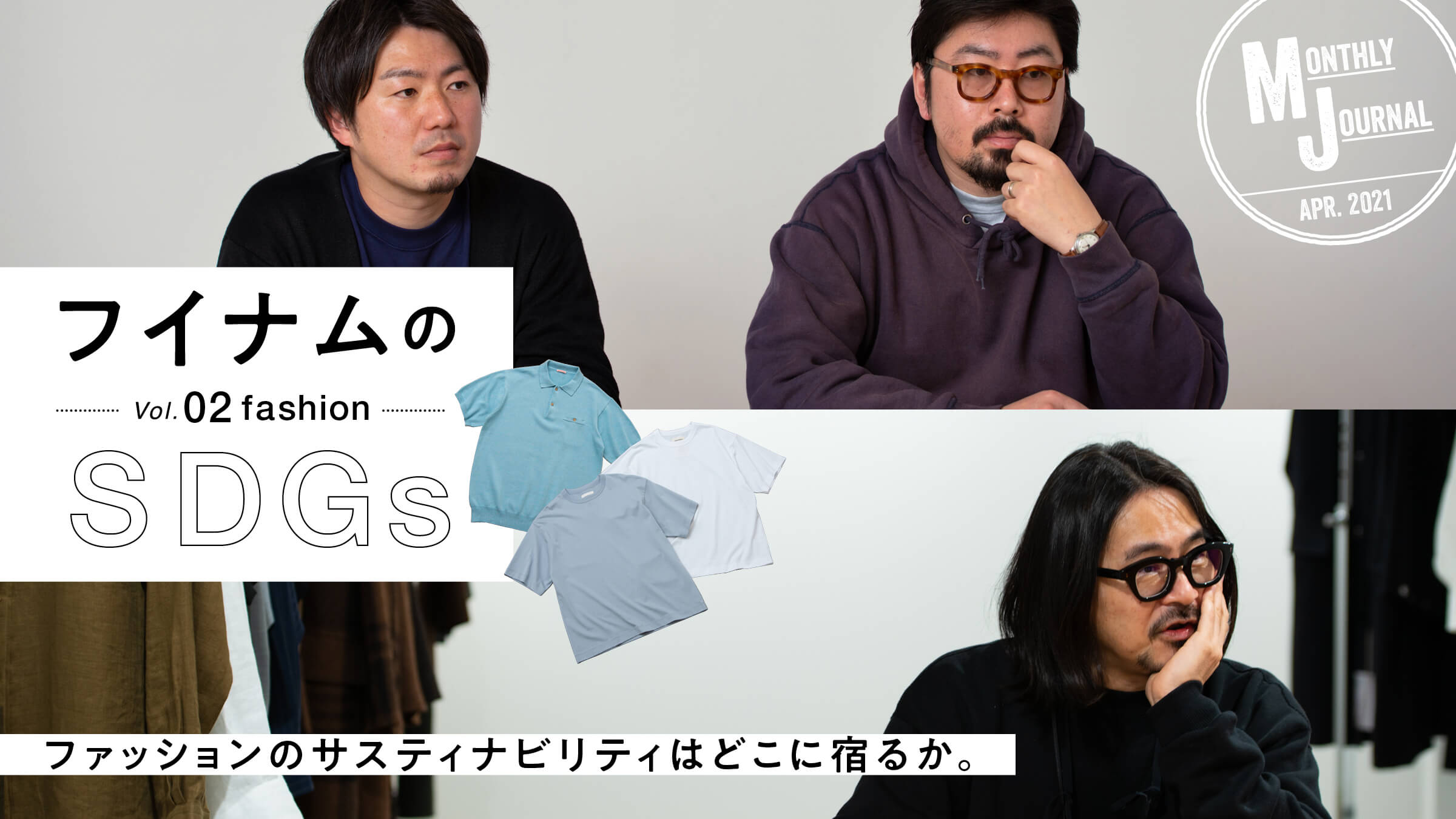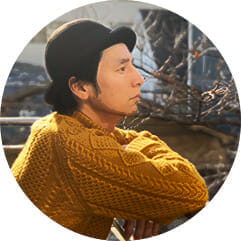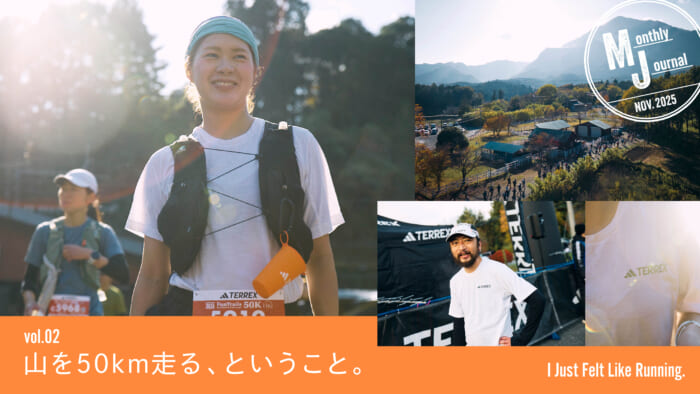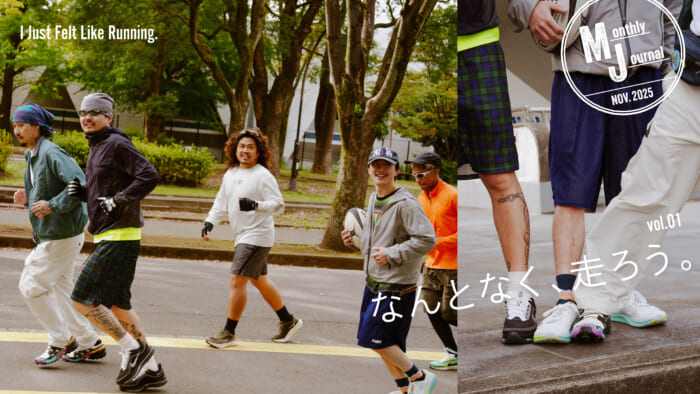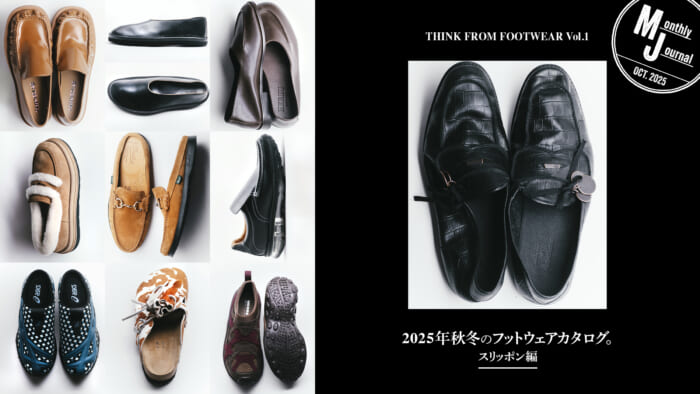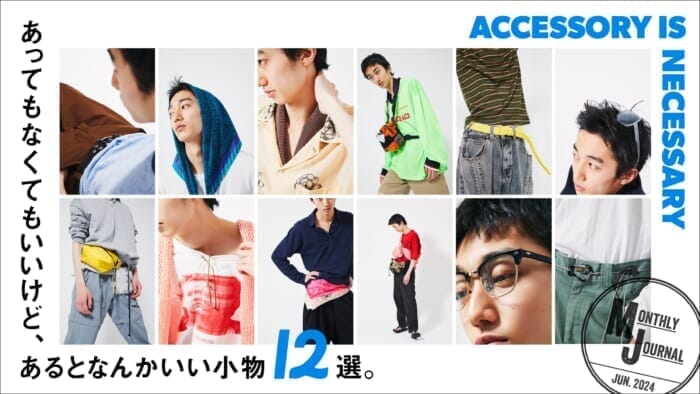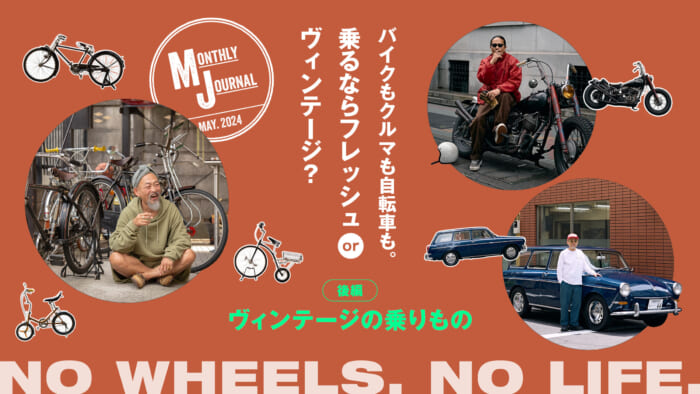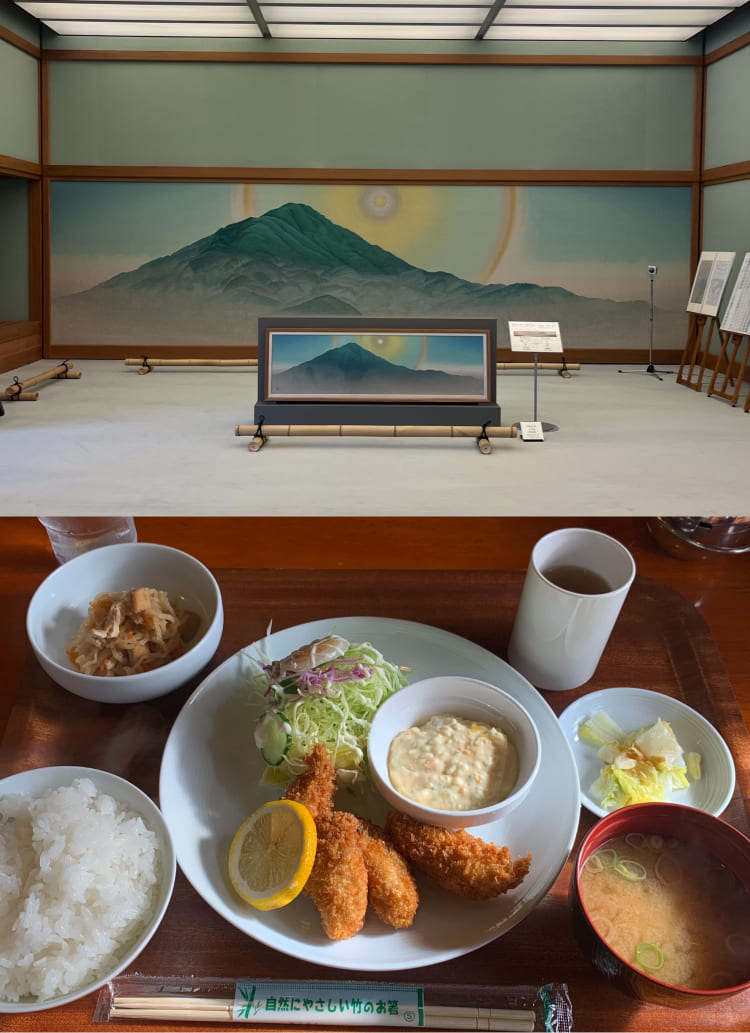Case02 Upcycled knitwear made from leftover yarn and fabrics , and lightenders.
PROFILE

. He worked as an OEM sales representative in the textile division of a trading company. After leaving the company, he met Koike at an apparel brand where he interned, and after returning to Japan, he established the company "Intersoner," which manages "Lightender" in 2018.
PROFILE

He started his career at an American apparel brand. At Leitendahl, he is mainly in charge of design and sales.
Instagram:@rye_tender
. the factory has a large surplus of raw materials.

What made you start "Litender" in the first place?
Sawaki:I worked for a trading company, so I had connections with factories, delivering fabrics on an OEM basis. . So I was aware that there were a lot of surplus threads and fabrics at factories. . So, I decided to start a brand using the leftovers and started "Litender. Since we purchase leftover yarn and cloth at a discount, our products can be made at a lower price, so consumers are happy. Furthermore, the factories are also happy because they not only buy unwanted fabrics, but also turn them into products that generate wages for the factories. Of course, we are happy too, so it is a good thing for everyone.
Koike:In New York, it was possible to trace where food came from and it was commonplace to be environmentally conscious. With this experience, I thought that sustainability would be a necessary condition for manufacturing.
A. How difficult is it to secure leftover threads and fabrics for basic use?
Sawaki:I'm often asked, but it's not that difficult. I guess that's how much surplus cloth and thread there is. In both Japan and Italy, factories want to sell surplus fabrics, and after we launched our brand, we were approached by an increasing number of people saying, "We have this kind of fabric available. . There are large amounts of recycled polyester, which is considered sustainable fabric, left over at the factories, and I thought, "That's a contradiction. . Not to be ironic, but I am planning to make clothes with it next time.

Koike-san, who is in charge of design, what do you find most interesting?
Koike:I can also find a lot of good raw materials. It is the opposite of the usual way of making clothes; the design does not come first, but it is fun to think about how this yarn would look like with this shape.
What made you choose knitwear as your method of production?
Sawaki:Knitting is not dependent on the lot. By changing the way you knit, you can create a variety of textiles, and just by changing the thickness or the way you knit, you can change the way it looks. . It is a way of making that you can get into when the amount of yarn is not so large.
What kind of places do you sell your products now?
Koike:In addition to online, we are selling our products in a pop-up fashion at a store in Yoyogi Uehara called "DELTA". I believe that people will be less reluctant to buy on e-commerce, partly due to the influence of Corona, but we are thinking about how to sell in a way that takes advantage of the D2C approach while also taking advantage of the store's advantages. Clothing is a product that appeals to people's emotions, so I think it is important to have a personal relationship with customers, such as through face-to-face service. So instead of streamlining and eliminating people, we are now thinking of an interesting sales method that successfully combines real stores and e-commerce, and we will soon realize it.


